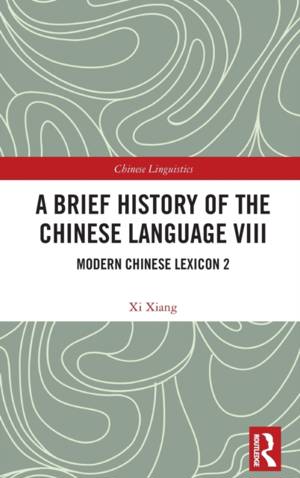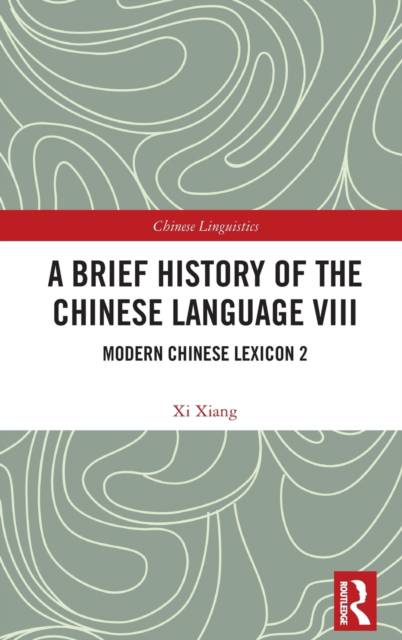
- Retrait gratuit dans votre magasin Club
- 7.000.000 titres dans notre catalogue
- Payer en toute sécurité
- Toujours un magasin près de chez vous
- Retrait gratuit dans votre magasin Club
- 7.000.0000 titres dans notre catalogue
- Payer en toute sécurité
- Toujours un magasin près de chez vous
Description
As the final volume of a multi-volume set on the Chinese language, this book studies the Western and Japanese influence on the lexicon of Modern Chinese, lexical developments in synonyms, idioms and proverbs in modern times, and lexical developments in contemporary times.
This volume first introduces the influence of foreign cultures on the modern Chinese lexicon with an emphasis on loanwords from Japanese and Indo-European languages. It then discusses the synonyms, idioms, and proverbs of Modern Chinese, elucidating their evolution, sources, and composition. The final part centers on the development of the Chinese lexicon after the May Fourth Movement in 1919, marking the beginning of the contemporary phase of the Chinese language. The author analyzes trends and types of neologisms and loanwords and analyzes the blend of Mandarin and dialect words and the necessity of lexical standardization.
Illustrated with abundant examples, this comprehensive groundwork on Chinese lexical history will be a must-read for scholars and students studying Modern Chinese language, linguistics, and especially for beginning learners of modern and contemporary Chinese lexicon.
Spécifications
Parties prenantes
- Auteur(s) :
- Editeur:
Contenu
- Nombre de pages :
- 174
- Langue:
- Anglais
- Collection :
Caractéristiques
- EAN:
- 9781032430645
- Date de parution :
- 15-03-23
- Format:
- Livre relié
- Format numérique:
- Genaaid
- Dimensions :
- 156 mm x 234 mm
- Poids :
- 430 g

Les avis
Nous publions uniquement les avis qui respectent les conditions requises. Consultez nos conditions pour les avis.






